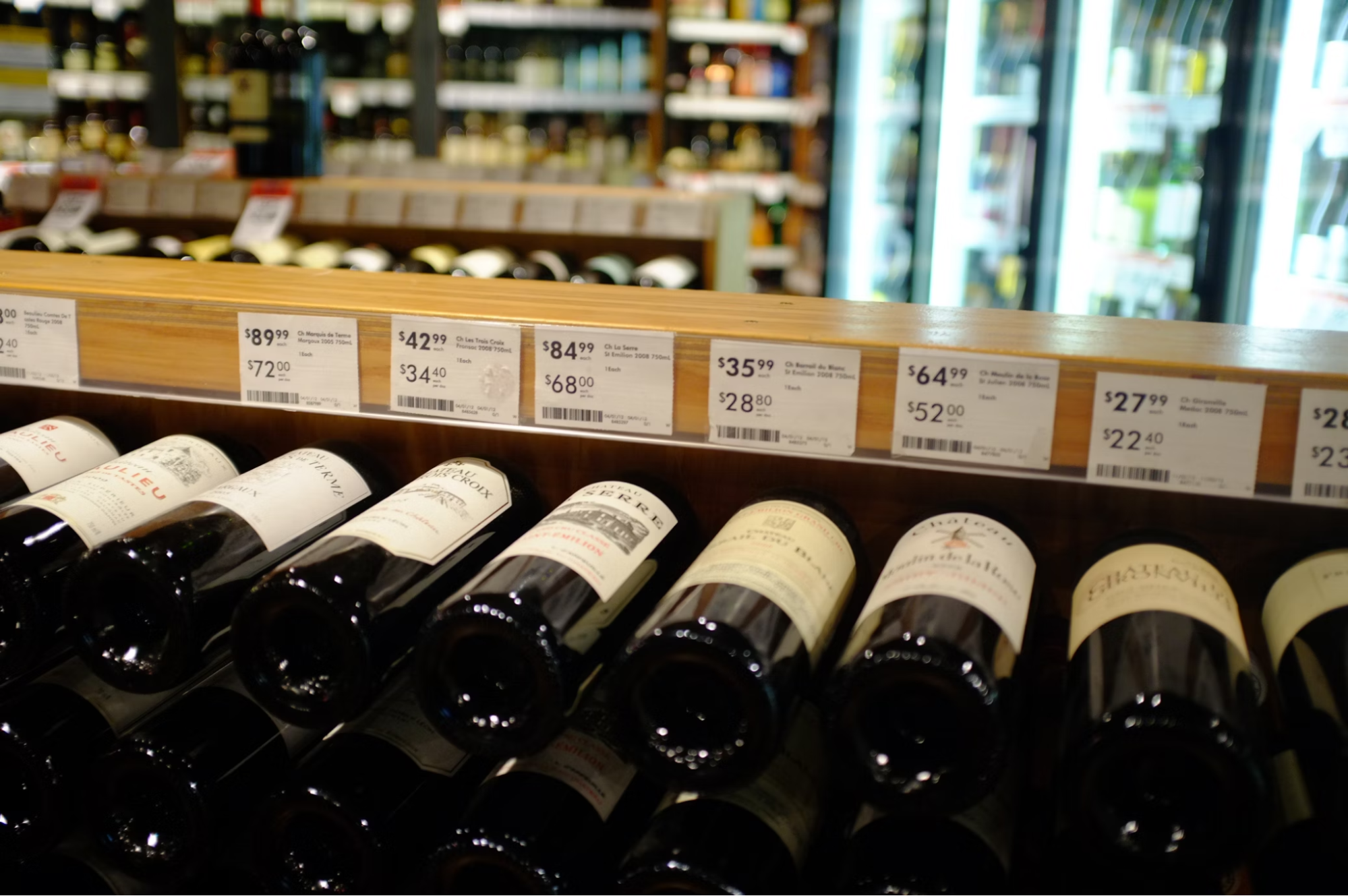- Wine Color/Type
- Top Occasions
- Unique Wines
- Surprise Me!
Sip and Save: Affordable Alternatives to Prestigious Wines
Why spend a fortune on expensive wines when you can enjoy similar tastes and qualities at a fraction of the cost? Let's explore the world of wine dupes.
There are some wine “dupes” that offer great drinking experience with an affordable price (Photo: Akshay Chauhan, Unsplash.com)
We all love a good wine. A bottle of Romanee Conti, a glass of Barolo - they're the stuff of dreams, aren't they? But let's face it, not everyone can afford to regularly splurge on such high-end labels. Originating in the beauty and fashion industries, a "dupe" refers to a product that closely resembles a high-end counterpart in terms of quality, appearance, or functionality, but is available at a fraction of the price.
Fortunately, the world of wine is vast and diverse, and there are countless 'dupes' or duplicates that can offer you a similar experience at a much lower price. In this guide, we'll explore some of the best wine dupes for the world's most prestigious wines that you can try without breaking the bank.
Rosso di Montalcino vs. Brunello di Montalcino
Brunello di Montalcino is one of Italy's most esteemed wines, known for its rich, complex flavors and excellent aging potential. Made from 100% Sangiovese grapes grown in the Montalcino region of Tuscany, Brunello di Montalcino can command prices upwards of $70 to $100 per bottle, with exceptional vintages fetching even higher prices.
Rosso di Montalcino, often referred to as the "baby Brunello," is produced from the same Sangiovese grapes and the same vineyards as Brunello. However, it is aged for a shorter period, resulting in a wine that is more approachable in its youth. Rosso di Montalcino offers a similar flavor profile, with notes of cherry, leather, and spice, but at a much more accessible price point, typically ranging from $20 to $30 per bottle.
For those who appreciate the elegance and depth of Brunello di Montalcino but are seeking a more budget-friendly option, Rosso di Montalcino is an excellent alternative. It provides a glimpse into the region's winemaking prowess without the hefty price tag.
Ripasso vs. Amarone
Amarone della Valpolicella is a luxurious wine from the Veneto region of Italy, renowned for its bold flavors, full body, and high alcohol content. Made using partially dried grapes, Amarone undergoes a unique winemaking process that concentrates its flavors, resulting in a wine with rich notes of dried fruit, chocolate, and spice. Amarone is a premium wine, often priced between $50 and $100 per bottle.
For a more affordable alternative, consider Ripasso della Valpolicella. Ripasso is made by "repassing" Valpolicella wine over the leftover grape skins from Amarone production. This process enhances the wine's body and complexity, imparting some of the rich, dried fruit characteristics found in Amarone. While not as intense or robust as Amarone, Ripasso offers a delightful and approachable version of this style at a fraction of the cost, typically retailing for $20 to $30 per bottle.
Ripasso allows wine enthusiasts to experience the essence of Amarone without the premium price, making it an excellent introduction to the flavors and techniques of Valpolicella wines.
Etna Rosso vs. Barolo or Barbaresco
Barolo and Barbaresco are two of Italy's most iconic wines, hailing from the Piedmont region. Both are made from the Nebbiolo grape, known for its powerful tannins, high acidity, and complex aromas of rose, tar, and red fruit. Barolo and Barbaresco are celebrated for their aging potential and complexity, with prices ranging from $50 to $200 or more per bottle.
For a more affordable yet equally captivating alternative, look to Etna Rosso from Sicily. Etna Rosso is made primarily from the Nerello Mascalese grape, which thrives in the volcanic soils of Mount Etna. This wine shares many characteristics with Nebbiolo, including high acidity, firm tannins, and a complex bouquet of red fruits, herbs, and earthy notes. Etna Rosso wines typically retail for $20 to $40 per bottle, making them an excellent value for those who appreciate the nuanced and elegant profile of Barolo and Barbaresco.
Etna Rosso provides a unique terroir-driven experience that mirrors the complexity and depth of Piedmont's finest wines, offering a delightful and cost-effective alternative for discerning palates.
Morgon vs. Côte de Nuits Burgundy
Côte de Nuits Burgundy is synonymous with some of the world's most prestigious and sought-after Pinot Noir wines. Located in the northern part of Burgundy's Côte d'Or, this region produces wines that are celebrated for their finesse, complexity, and ability to age gracefully. Prices for Côte de Nuits Burgundy can be steep, especially the premier cru and grand cru, often ranging from $60 to several hundred dollars per bottle.
For those seeking a more affordable yet high-quality Pinot Noir, Morgon from the Beaujolais region is an excellent choice. Morgon is one of the ten crus of Beaujolais and is known for producing wines with a rich, full-bodied profile and the ability to age. Made from the Gamay grape, Morgon wines often exhibit flavors of dark cherry, plum, and earthy undertones, similar to those found in Côte de Nuits Pinot Noir. Morgon wines typically retail for $20 to $35 per bottle, offering an approachable and budget-friendly alternative to Burgundy.
Morgon provides an opportunity to enjoy the elegance and complexity of fine Pinot Noir without the premium price, making it a favorite among wine enthusiasts seeking value and quality.
Exploring wine dupes not only saves you money but also broadens your palate and deepens your understanding of wine. So the next time you're browsing your local wine shop or online store, don't be afraid to explore lesser-known labels. Who knows, you might just stumble upon a new favorite that's not only kind to your taste buds but also to your wallet.
Latest articles

